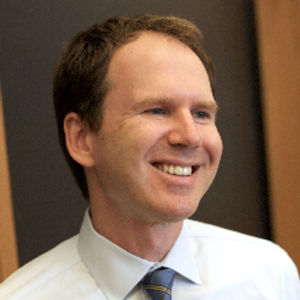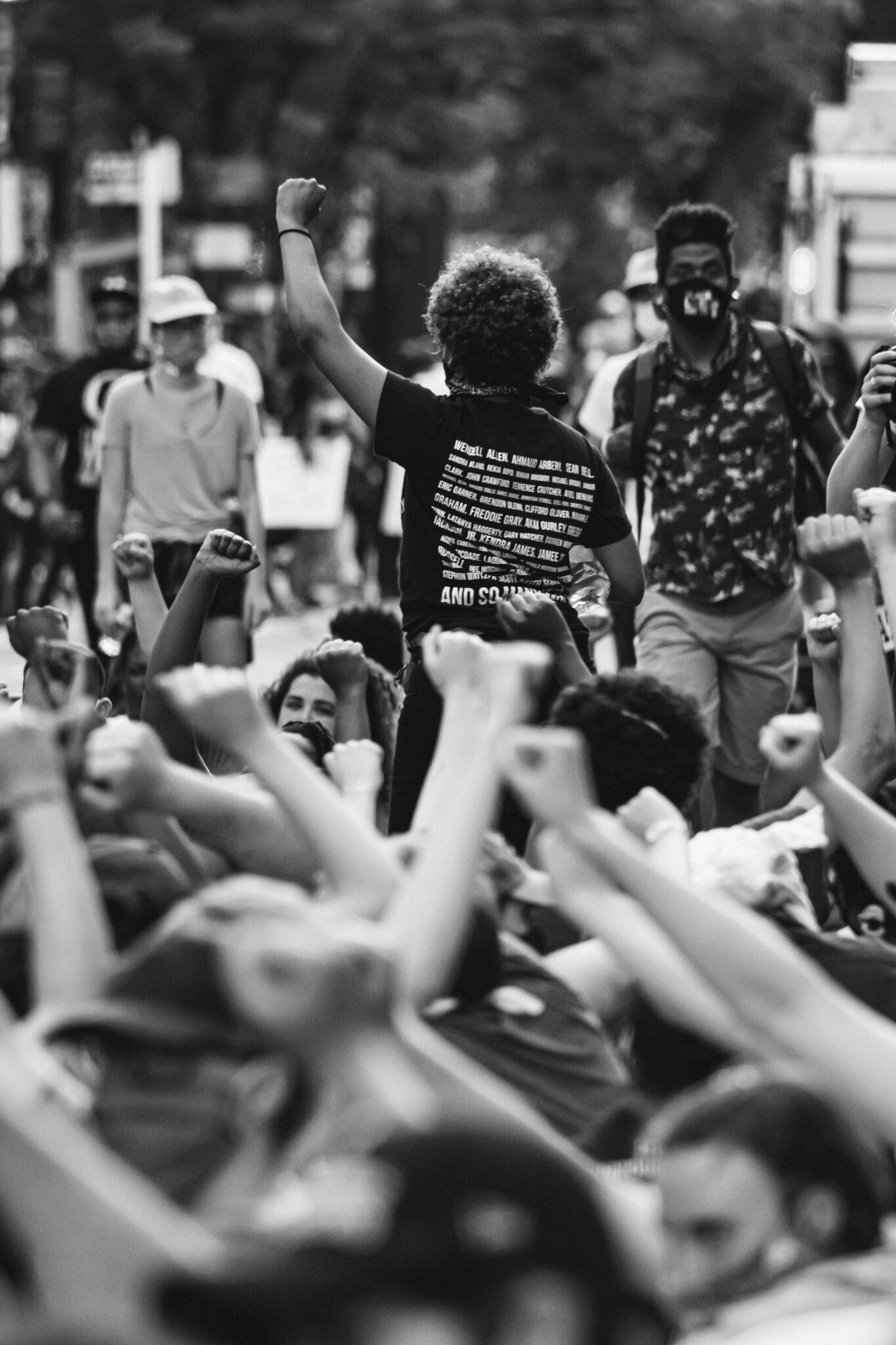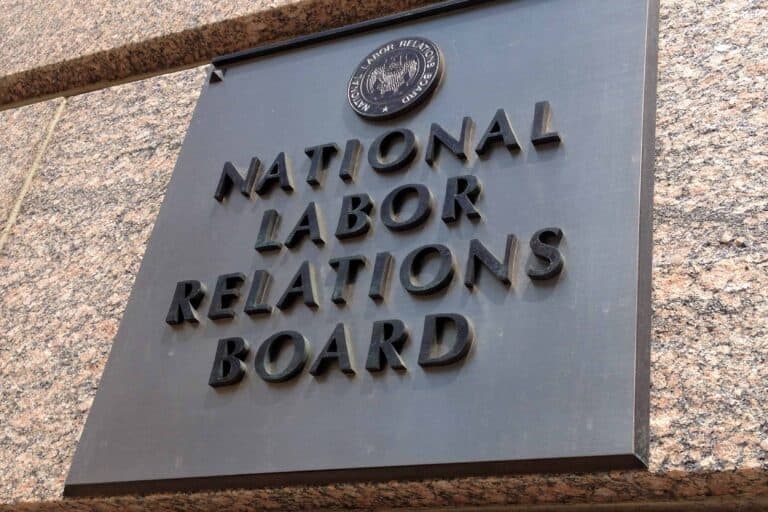
Benjamin Sachs is the Kestnbaum Professor of Labor and Industry at Harvard Law School and a leading expert in the field of labor law and labor relations. He is also faculty director of the Center for Labor and a Just Economy. Professor Sachs teaches courses in labor law, employment law, and law and social change, and his writing focuses on union organizing and unions in American politics. Prior to joining the Harvard faculty in 2008, Professor Sachs was the Joseph Goldstein Fellow at Yale Law School. From 2002-2006, he served as Assistant General Counsel of the Service Employees International Union (SEIU) in Washington, D.C. Professor Sachs graduated from Yale Law School in 1998, and served as a judicial law clerk to the Honorable Stephen Reinhardt of the United States Court of Appeals for the Ninth Circuit. His writing has appeared in the Harvard Law Review, the Yale Law Journal, the Columbia Law Review, the New York Times and elsewhere. Professor Sachs received the Yale Law School teaching award in 2007 and in 2013 received the Sacks-Freund Award for Teaching Excellence at Harvard Law School. He can be reached at [email protected].
Kate Andrias and I have a new piece out today in Columbia Law Review. The piece attempts to address a puzzle posed by our previous work on using law to build countervailing power: if law reform is needed to facilitate social-movement organizing but social-movement organizing is a prerequisite to such law reform, how can social movements escape the chicken-and-egg dilemma? After describing the dilemma, we offer three potential approaches to addressing it: disruption, jurisdiction shifting, and changing branches of government.
The Introduction begins as follows (with footnotes omitted here):
In an era defined by stark economic and political inequality, legal scholars are devoting increased attention to the ways law might enable people to demand equality. Among the most promising of these approaches is the use of law to enable the construction of countervailing power among the poor and working class. The idea taking root among academics and activists is that if law can be deployed to facilitate organizing by the poor and working class, organizations of poor and working-class people can build for themselves the power they need to countervail the outsized influence of corporations and the wealthy.
In our previous work, we argued that law can, in fact, facilitate organizing by poor and working-class people. History contains examples of the dynamic, including the role played by the 1933 National Industrial Recovery Act and the 1935 Wagner Act in enabling an explosive increase in union organizing. Theory supports the contention too. The sociological literature on movement growth and the burgeoning literature on law and countervailing power clarifies the mechanisms through which properly designed legal regimes—what we will call “organizing-enabling” or “power-building” laws—can spur organizing among poor and working-class people. In our earlier work, we delineated an ideal-type organizing-enabling legal regime with six interdependent features. We argued that an organizing-enabling law should grant collective rights explicitly; provide organizations with access to a reliable source of financial and other resources; guarantee free spaces for organizing; remove barriers to participation, including by preventing retaliation; permit organizations to make material change in members’ lives, at a scale commensurate with the problem; and allow for contestation and disruption. Another important feature of an organizing-enabling law is effective enforcement, including robust and expeditious remedies. But law can enable organizing—more or less successfully—by performing one or any combination of these (or other) features, and we use the term organizing-enabling law here to denote any such law. The key is that the legal interventions facilitate the growth, durability, and power of the social-movement organization.
There is, however, a problem: Enacting laws designed to facilitate social-movement organizing generally requires social-movement organizations already influential enough to secure the enactment of those laws. Thus, the relationship between law and social-movement organizing by the poor and working class is plagued by a chicken-and-egg problem: Organizing-enabling laws may often be needed to facilitate social movements, but social movements are needed to enact organizing-enabling laws.
Although the problem is a general one, a contemporary example usefully illustrates the puzzle that this Essay attempts to solve. The labor movement, and labor scholars, have long argued that labor law reform is needed to revitalize union organizing in the United States. A bill currently pending in Congress, the Protect the Right to Organize Act (PRO Act), would go a long way toward accomplishing the goal of facilitating a significant increase in successful unionization. The problem is that the labor movement does not currently possess enough legislative influence to secure enactment of the PRO Act. Hence, the chicken-and egg dilemma: The labor movement needs the PRO Act to build power, but enactment of the PRO Act depends on the labor movement having already built more of that power. The same dynamic would undoubtedly confront tenant organizers who sought a tenant organizing law, welfare rights organizers who sought legal reforms to enable welfare rights organizing, debtor organizers and student organizers who sought laws to facilitate organizing among borrowers and students, and many other groups.
This Essay identifies three potential solutions to this chicken-and-egg problem: disruption, jurisdiction shifting, and changing branches of government.
The full piece is available here.










Daily News & Commentary
Start your day with our roundup of the latest labor developments. See all
July 2
Block, Nanda, and Nayak argue that the NLRA is under attack, harming democracy; the EEOC files a motion to dismiss a lawsuit brought by former EEOC Commissioner Jocelyn Samuels; and SEIU Local 1000 strikes an agreement with the State of California to delay the state's return-to-office executive order for state workers.
July 1
In today’s news and commentary, the Department of Labor proposes to roll back minimum wage and overtime protections for home care workers, a federal judge dismissed a lawsuit by public defenders over a union’s Gaza statements, and Philadelphia’s largest municipal union is on strike for first time in nearly 40 years. On Monday, the U.S. […]
June 30
Antidiscrimination scholars question McDonnell Douglas, George Washington University Hospital bargained in bad faith, and NY regulators defend LPA dispensary law.
June 29
In today’s news and commentary, Trump v. CASA restricts nationwide injunctions, a preliminary injunction continues to stop DOL from shutting down Job Corps, and the minimum wage is set to rise in multiple cities and states. On Friday, the Supreme Court held in Trump v. CASA that universal injunctions “likely exceed the equitable authority that […]
June 27
Labor's role in Zohran Mamdani's victory; DHS funding amendment aims to expand guest worker programs; COSELL submission deadline rapidly approaching
June 26
A district judge issues a preliminary injunction blocking agencies from implementing Trump’s executive order eliminating collective bargaining for federal workers; workers organize for the reinstatement of two doctors who were put on administrative leave after union activity; and Lamont vetoes unemployment benefits for striking workers.